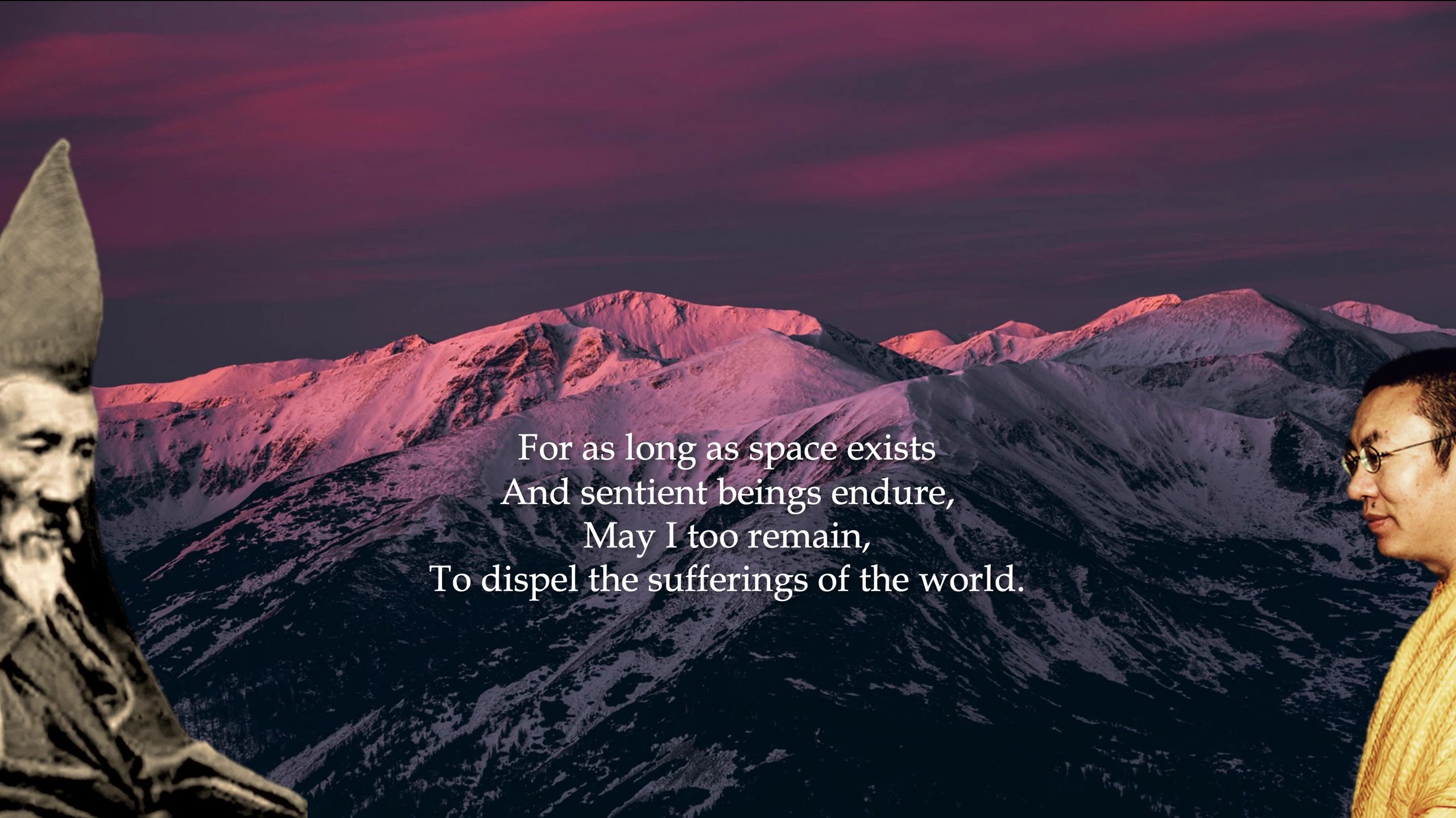Shangpa Cultural Traditions And Practices
Share

The Shangpa tradition is a unique and vibrant aspect of Tibetan Buddhism, deeply rooted in the cultural practices of the Shangpa region in Tibet. This article will guide you through the rich tapestry of Shangpa cultural traditions and practices, offering insights into their significance, rituals, and the best times to experience them.
Understanding the Shangpa Tradition

The Shangpa tradition, founded by the revered master Khyungpo Neljor in the 11th century, is known for its emphasis on both the philosophical and practical aspects of Buddhism. It integrates various teachings and practices, making it distinct from other Tibetan Buddhist schools. The Shangpa lineage is particularly noted for its focus on the practice of meditation, rituals, and the cultivation of compassion.
Key Elements of Shangpa Culture
-
Meditation Practices: Meditation is at the heart of Shangpa traditions. Practitioners engage in various forms of meditation, including visualizations and breathing techniques, aimed at achieving enlightenment and inner peace.
-
Rituals and Ceremonies: Rituals play a crucial role in Shangpa culture. These include offerings, prayers, and ceremonies that honor deities and protectors. The rituals are often accompanied by traditional music and dance, creating a vibrant atmosphere.
-
Art and Symbolism: The Shangpa tradition is rich in artistic expression. Thangka paintings, sculptures, and mandalas are commonly used to convey spiritual teachings and stories. Each piece of art is imbued with deep symbolism, reflecting the beliefs and values of the Shangpa community.
-
Community and Monastic Life: The Shangpa tradition emphasizes the importance of community. Monasteries serve as centers for learning and practice, where monks and laypeople come together to study, meditate, and engage in communal activities.
Festivals and Celebrations

Festivals are a vibrant expression of Shangpa culture, showcasing the community's devotion and joy. Some notable festivals include:
- Losar: The Tibetan New Year, celebrated with feasting, dancing, and rituals to dispel negativity and invite good fortune.
- Chökhor Duchen: This festival commemorates the first teachings of the Buddha. It is marked by special prayers and offerings in monasteries.
- Maha Puja: A significant event that honors the protector deities of the Shangpa lineage, featuring elaborate rituals and communal gatherings.
Best Time to Experience Shangpa Culture
The ideal time to visit the Shangpa region and experience its cultural traditions is during the spring and autumn months. From March to May, the weather is mild, and the landscape is adorned with blooming flowers, making it perfect for outdoor festivities. Similarly, the autumn months of September to November offer clear skies and pleasant temperatures, ideal for participating in local events and rituals.
Weather Information
- Spring (March to May): Mild temperatures ranging from 10°C to 20°C (50°F to 68°F).
- Autumn (September to November): Cool temperatures averaging 5°C to 15°C (41°F to 59°F).
Conclusion: Embracing the Shangpa Spirit
Experiencing the Shangpa cultural traditions and practices offers a unique glimpse into the heart of Tibetan Buddhism. From the serene meditation practices to the vibrant festivals, every aspect of Shangpa culture invites you to connect with a rich spiritual heritage. Whether you are a seasoned traveler or a curious newcomer, the Shangpa traditions promise a journey filled with inspiration and insight.
To make your visit seamless, consider booking your accommodations and flights through the following links:
Embark on this enriching experience and witness the profound beauty of Shangpa culture firsthand!



